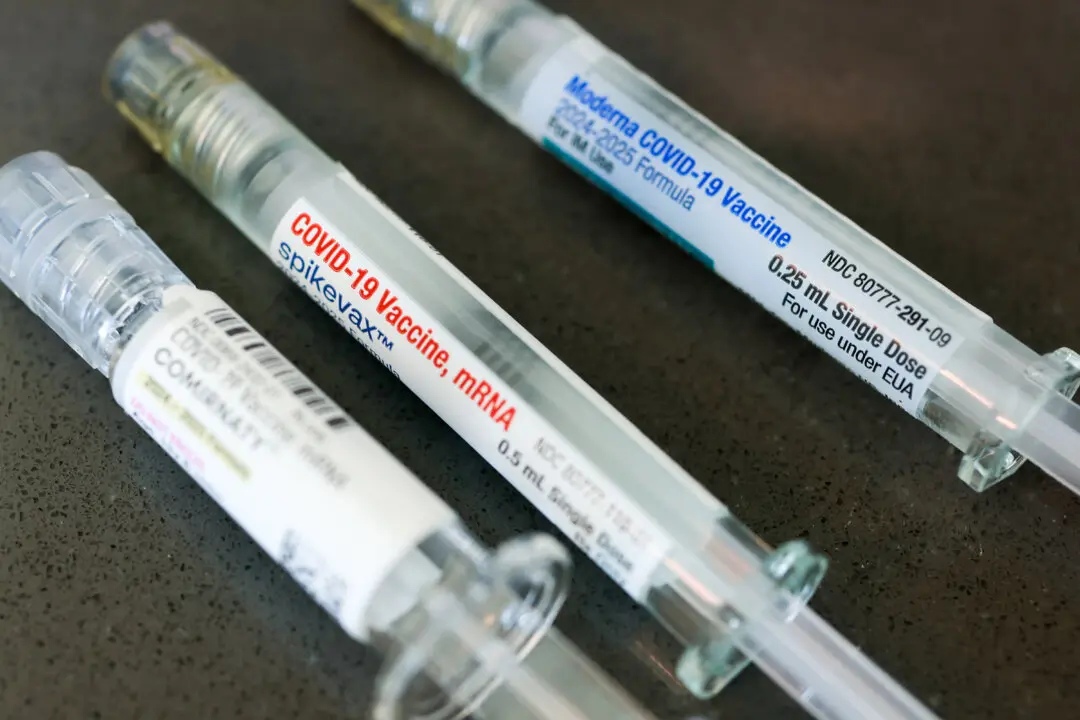A study has found that drugs with high abuse potential are around six times more likely to be approved as compared to drugs with low abuse potential for pain medications.
“The probability of successful development programs was 27.8 percent for high abuse potential compounds and 4.7 percent for low abuse potential compounds,” the authors wrote in the study.






